We have been in the software world for a while now, and AI is increasingly enhancing the digital landscape. Traditional programming was for software systems; now, AI-driven new methodologies bring flexibility, scalability, and predictive power.
To be ahead of time and competition, increasingly organizations look for specialist AI development services for their businesses to inject intelligence into their systems from scratch. Such services enable them to develop software that reacts to inputs but also learns a bit and improves over time – a complete paradigm shift in how software behaves and delivers value.
Table of Contents
What Is Traditional Programming?
Traditional programming is the fully classical discipline of software development: Developers write explicit instructions for the computer to follow. These instructions are coded by very well-defined rules and structures of logic, such as conditions of an “if-then” type, loops, and switches.
This is very good in structured environments where workflows are predictable and outcomes are well defined. Traditional programming would thrive on systems like accounting software, static websites, or inventory trackers. But once the data starts growing and user interactions become more dynamic, these systems begin to show limitations in flexibility, scalability, and adaptability.
What is AI-Based Programming?
AI-based programming, in itself, introduces a wholly radical paradigm in programming. Rather than being told exactly how to do something, the system learns how to do it based on training data. Turning the key to this paradigm shift are machine learning, deep learning, computer vision, and natural language processing.
They train the models on historical data to detect patterns, predict, and generalize to new situations. Classic systems are static; AI systems are dynamic; they improve performance with data.18
Building upon computer science-influenced concepts of AI, an expert is able to develop applications that learn and evolve, thereby exhibiting intelligent behavior, with human help. Such applications can work through ambiguity, note trends, and make decisions with almost no human intervention.
Key Differences Between the Two Paradigms
Let’s break down how traditional and AI-based programming differ across several dimensions:
Logic Definition
- Traditional Programming: Hand-coded rules
- AI-Based Programming: Learned from data
Flexibility
- Traditional Programming: Low (fixed logic)
- AI-Based Programming: High (adaptive learning)
Data Dependency
- Traditional Programming: Minimal
- AI-Based Programming: Core to development
Maintenance
- Traditional Programming: Requires manual updates
- AI-Based Programming: Requires retraining with new data
Predictability
- Traditional Programming: High
- AI-Based Programming: Variable based on data
Developer Role
- Traditional Programming: Rule creator
- AI-Based Programming: Model trainer/tuner
On a short note, AI-based systems invert the developer’s responsibility from explicitly instructing behavior in a program to curating datasets or fine-tuning models. The objective changes from defining how software works to ensuring that the models learn well from the right set of data.
When to Use Traditional Programming vs AI
Choosing between traditional and AI-based development depends upon the nature of the problem and the intended outcome. While AI opens up possibilities, it is not an answer for every problem.
Use traditional programming if:
- The logic is known and can be explicitly laid out.
- Inputs and outputs are structured and predictable.
- The system needs consistent outputs with very little variation.
Examples: Payroll, billing engines, CRM, content management systems, eCommerce checkout flows, reporting dashboards.
Use an AI program when:
- Working on huge or unstructured datasets
- The system should be able to learn from patterns and improve with time
- Outcomes are prediction, classification, personalization, or detection.
Examples:
- Voice assistants like Siri, Alexa
- Recommendation systems like Netflix, Amazon
- Chatbots and virtual agents
- Image or speech recognition systems
- Fraud detection engines
Often, modern enterprise systems incorporate both — using traditional logic for core business processes and AI to enhance decision-making, automate workflows, and personalize user experiences.
Implications for Businesses and Product Team
AI adoption is not merely a technical change, but a redefinition of roles, strategies, and infrastructure needs.
These are some business impacts:
- New Roles and Skills: The creation requires hiring or upskilling data scientists, machine-learning engineers, and AI product managers. Data pipelines, model training, and performance evaluation should be a language for the team.
- Infrastructure Investment: Strong infrastructure capable of handling AI workloads, including GPUs, cloud-based training platforms, and scalable databases to support training and deployment, is needed.
- Data Strategy: Companies need to focus on creating clean-labeled datasets and building pipelines, ensuring data collection and feedback loops.
- Monitoring and Maintenance: You can’t just set up an AI system and leave it alone. It needs to be continuously monitored and retrained as data changes with time; otherwise, it suffers degradation in performance, and reliability is compromised.
- Ethics and Compliance: As automated decision making came through AI, businesses (and implementers) must make sure that there is transparency, fairness, and regulatory compliance.
Working with experienced AI-powered software development partners helps organizations navigate these complexities, minimize risks, and accelerate time-to-market. These partners bring in proven expertise across strategy, development, deployment, and scaling of AI products.
Conclusion
The rise of AI in software development is no mere trend; instead, it represents an evolutionary step in software conception and construction. While classical programming techniques remain appropriate for deterministic tasks, the realm of AI brings forth novel capabilities that were impossible to envision within hardcoded logics.
AI and conventional programming happen not to be in a trade-off but in complementarity. Wise enterprises are utilizing AI in areas that offer maximum impact in personalization, prediction, and automation while continuing with rule-based systems for more structured processes.
As it evolves rapidly, it will be important to explore the use of AI within strategic initiatives and to get advice from a specialist in niche AI development services to stay relevant and competitive. Whether developing next-gen applications or modernizing legacy ones, the future belongs to the hybridization of both paradigms with intelligence at the center.
Ultimately, businesses that embrace this paradigm shift position themselves to innovate faster, deliver richer customer experiences, and future-proof their digital infrastructure. The key lies not just in adopting AI but in doing so with the right expertise, strategy, and alignment across teams.
In a landscape where technology evolves rapidly, those who invest in AI today are building the foundation for tomorrow’s intelligent solutions. The transition is not without challenges, but with the right mindset and partners, it becomes a powerful driver of digital transformation, competitive advantage, and sustainable growth.


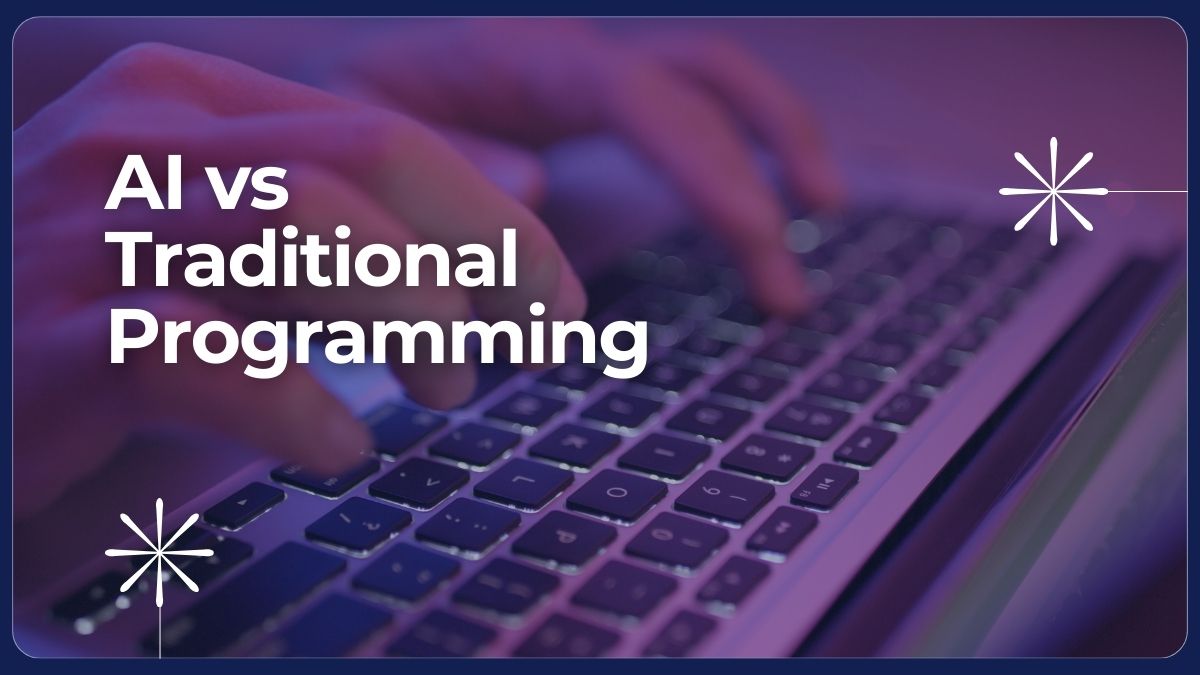

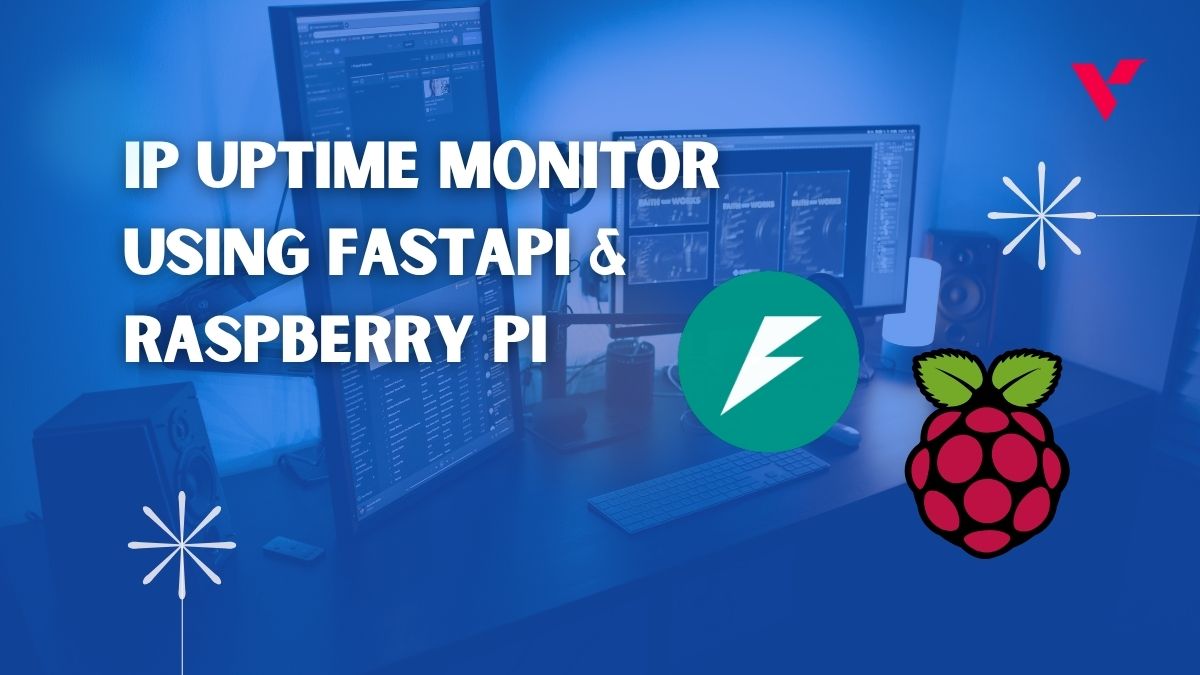
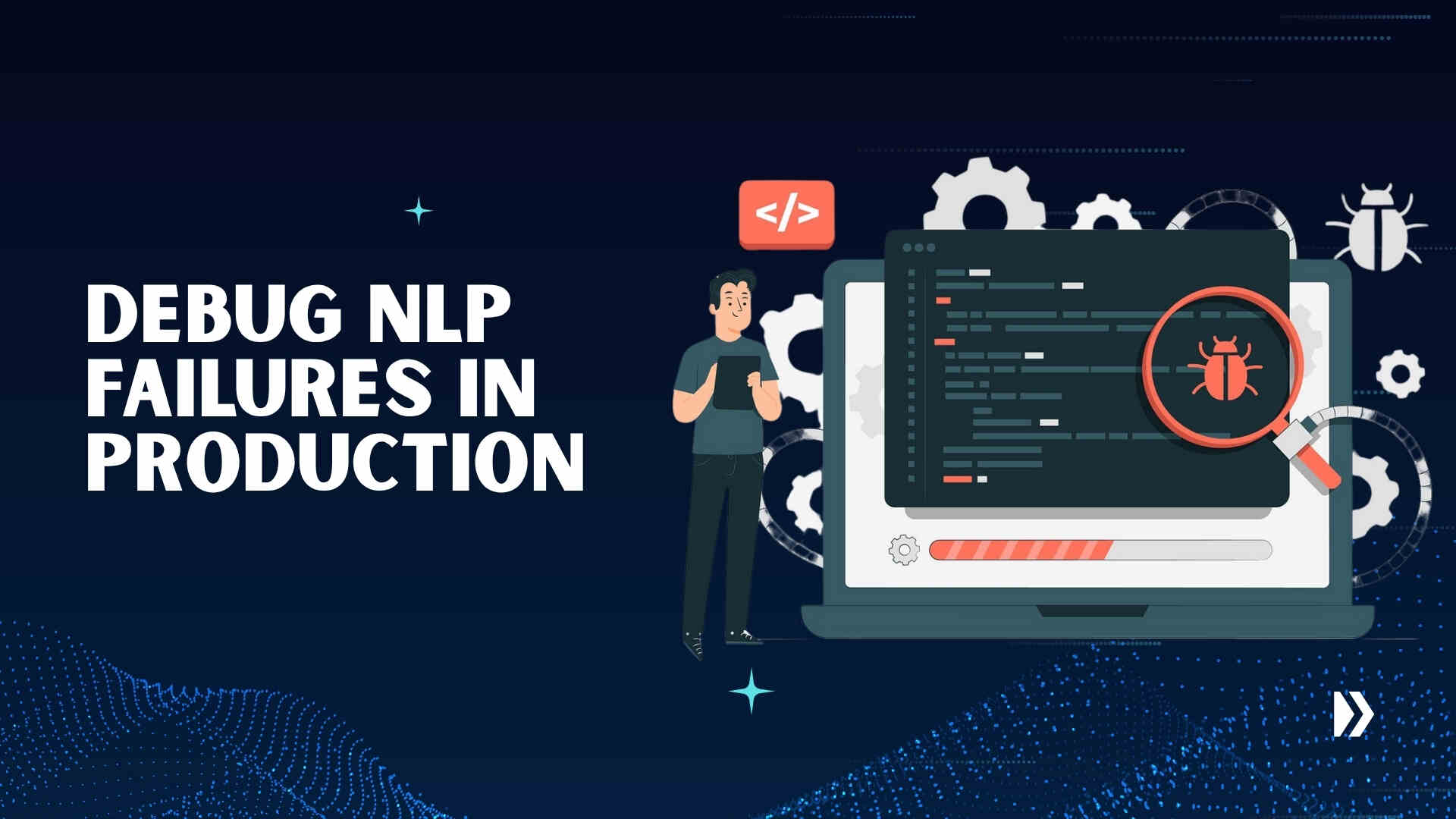
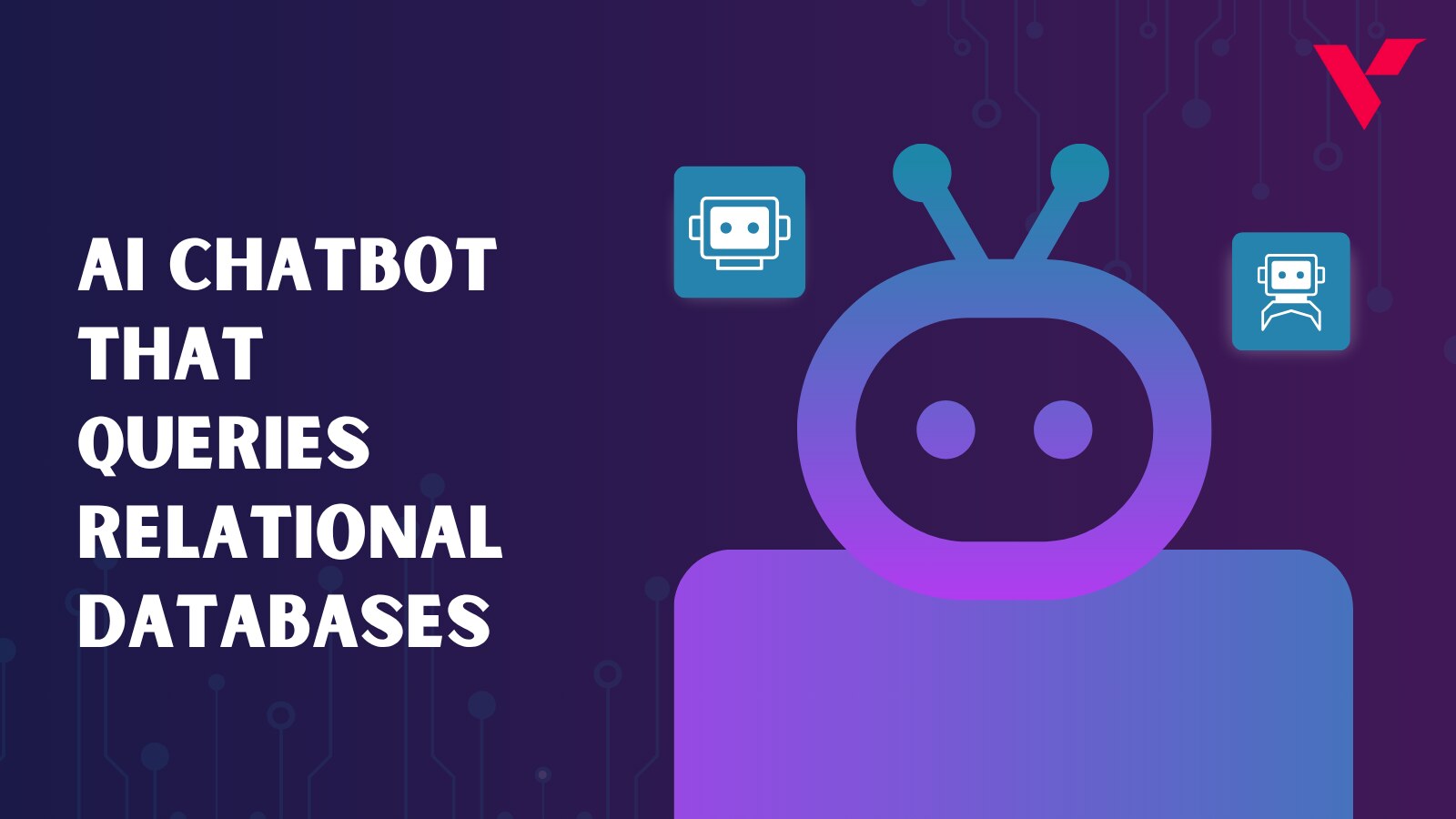
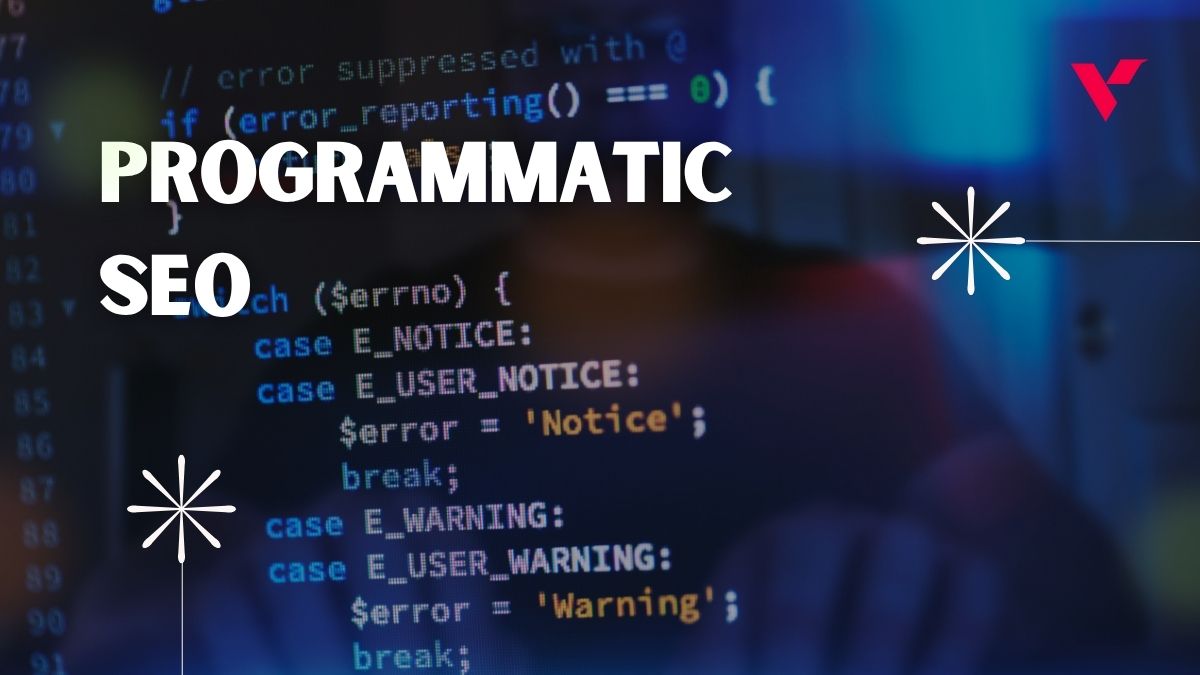
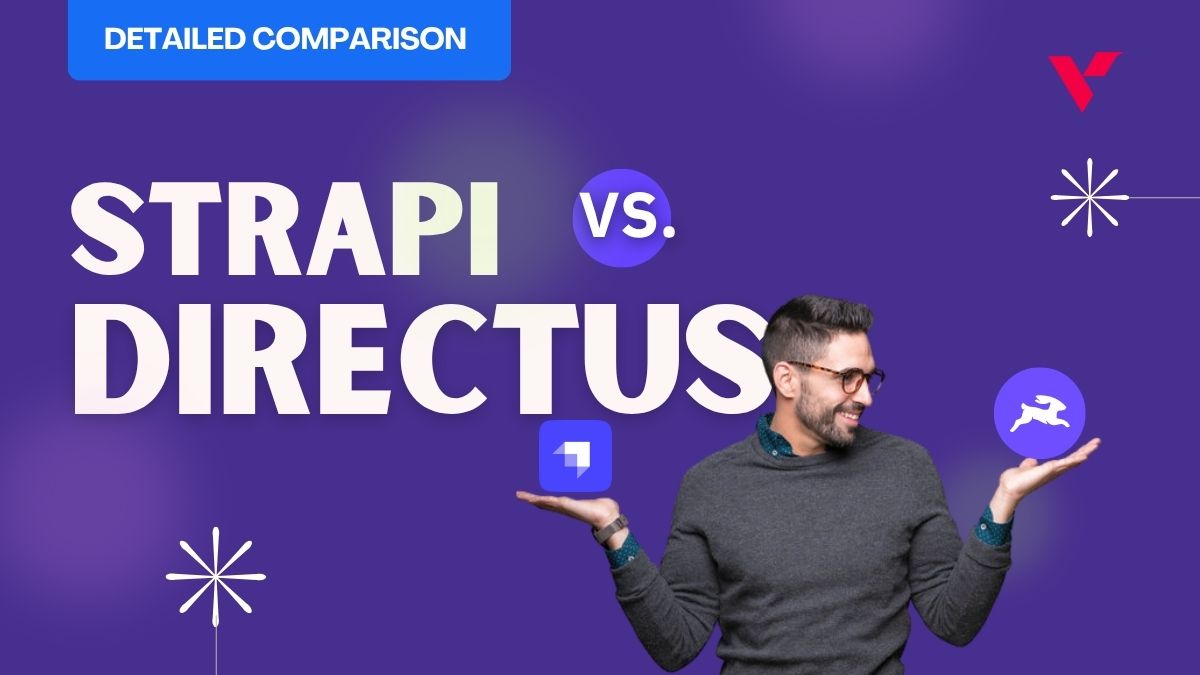




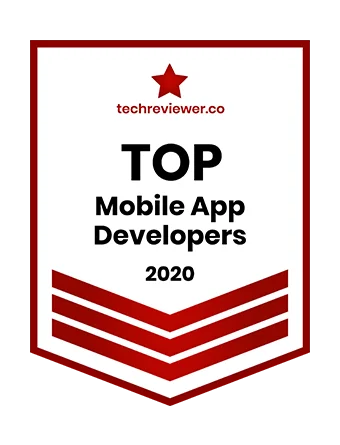

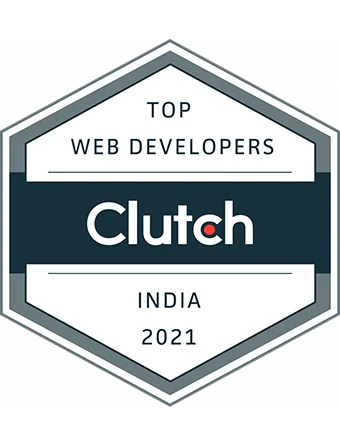
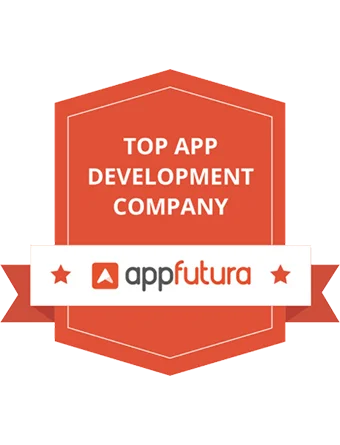



Leave a Reply